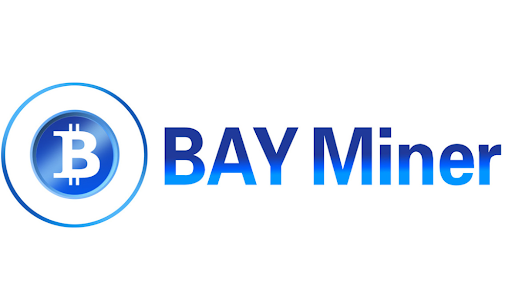Cookie DAO Implements Deflationary Model Through Staking Rewards and Token Burns

Cookie DAO announced new staking rules and a 10% token burn mechanism effective July 11th. According to Coincu, the changes represent a shift in Cookie DAO's reward strategy. The protocol now allocates 10-20% of Cookie Snaps pool rewards to COOKIE stakers.
When COOKIE tokens are locked in the MAF pool, 10% will be burned before release. The new framework moves away from traditional staking rewards toward Snaps participation. Over $5 million in total rewards is confirmed across hundreds of projects launching Cookie Snaps. COOKIE stakers will receive approximately $1 million in rewards from this allocation.
BlockBeats News reports the implementation began July 11th. Cookie DAO described the setup as providing "endless airdrops" for Snaps participants. The protocol requires 10,000 tokens for platform access to its v0.3 data infrastructure.
Why This Development Matters
The token burn creates scarcity while rewarding active community members through Snaps participation. CryptoBriefing reported COOKIE saw a 420% price increase earlier this year when staking reached $14.3 million. The current market cap stands at $20.3 million with 547.67 million tokens in circulation.
COOKIE trades at $0.18 according to CoinMarketCap data. Recent trends show a 115.60% surge over 90 days despite a 28.97% dip in the last 30 days. The 24-hour trading volume grew by 103.52% following the announcement. Market participants view the deflationary model as strengthening long-term value prospects.
The protocol's data infrastructure aggregates AI agent indexes for users who stake the required token amount. This utility-driven approach connects token value directly to platform usage and ecosystem growth.
Broader Industry Impact
Cookie DAO's approach reflects growing trends in DAO tokenomics toward deflationary mechanisms. Rapid Innovation research shows burn mechanisms can increase token scarcity and align stakeholder incentives. The combination of burning and staking rewards creates multiple value accrual methods.
The integration with Cookie3's data infrastructure positions the protocol within Web3 analytics and AI agent development sectors. Projects utilizing Cookie DAO's data layer contribute to the Snaps reward pool. This creates network effects where ecosystem growth directly benefits token holders through reward distribution.
Traditional finance institutions are monitoring DAO governance models as regulatory frameworks develop. Cookie DAO's transparent on-chain execution of burns and reward distribution provides compliance advantages. The protocol's focus on data infrastructure rather than speculative mechanisms appeals to institutional participants seeking utility-based investments.
Further Reading
For those interested in decentralized governance mechanisms and organizational structures, our comprehensive DAO tooling guide provides detailed analysis of over 100 platforms and tools used in decentralized governance. The guide covers voting systems, treasury management, and token distribution mechanisms used across the DAO ecosystem.





